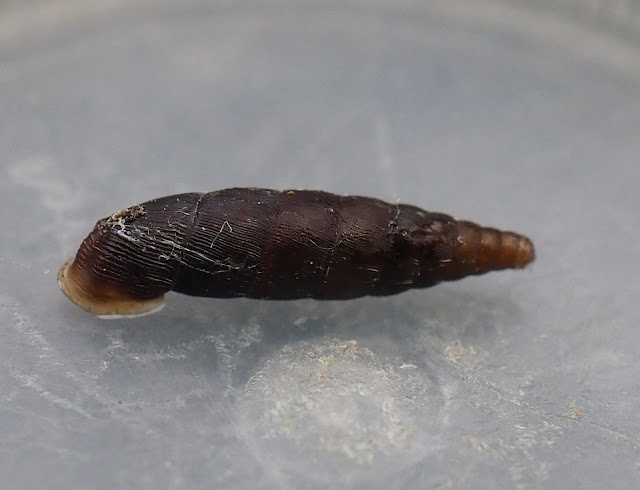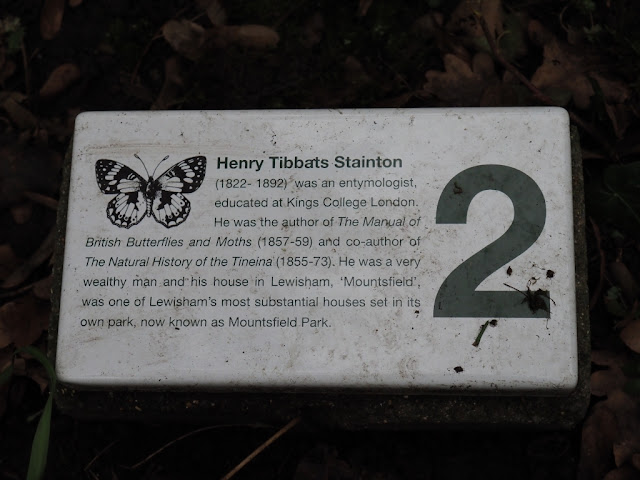Personally I'm doing a lot of moving, going south, back north, going south, back north.... Supporting elder daughter through a health issue has been the reason, and at a later date I may post in more detail about how the health services historically prioritised male health issues over those conditions that are predominantly suffered by women and girls. Commonly today a number of conditions for women are often mistakenly diagnosed as mental health issues. Hopefully, a solution to the issue has been found and treatment is imminent, thus the migration. Obtaining this treatment on the NHS is almost impossible, partly because the way iron (Fe) works in our bodies is not generally well understood by GPs it seems (although two of the GPs have been sympathetic and helpful). Thankfully, daughter's employment package includes some medical insurance.
 |
| Oystercatchers |
Oystercatchers have arrived on the Patch for the breeding season in the last few days. Their migrations tend to be to the coast for the winter and inland is populated from February to the end of July at suitable sites for breeding. In Perthshire they are not so much a north - south migrant as a coastal - inland one. Other obvious movements have been the small arrivals of Redwings, presumably heading generally north, and a couple of days when there have been more than a hundred Common Gulls.
This week a new species was added to the Patch list with a handsome drake Goldeneye at the fish farm, a species that may also be on the move in February.
In London I made a couple of visits to Nunhead Cemetery to try to re-find the possible Thames Door-Snail Balea biplicata. I found many Clausilia bidentata the Two-toothed Door-snail and came to the conclusion that I had originally made a misidentification.
 |
| Clausilia bidentata Two-toothed Door-snail. |
The Thames Door-snail is a few millimetres larger, usually around 15mm whilst the above common species is about 10mm. After that it's a matter of carefully examining the shell mouth as there are subtle differences in the structure. The FSC key is a useful reference.
Of course I found a few nice things in my visits to both Nunhead and Brockley and Ladywell Cemeteries. I also visited St Mary's Lewisham which is a quite different environment, being small, quite well manicured and embedded in the urban environment.
 |
| Dicyrtomina minuta |
 |
| Guernsey Fleabane |
 |
| Orange Ladybird |
 |
| Winter Heliotrope |
 |
| Issus coleoptratus, a fairly early instar nymph |
The above all from Nunhead.
 |
| Lasius sp |
 |
| Lauria cylindracea |
 |
| Pentatoma rufipes Red-legged Shieldbug, an early instar. |
 |
Epicaecilius pilipennis, with thanks to K at the Barkfly Recording Scheme for the re-identification |
 |
| Twenty-two Spot Ladybird Psyllobora vigintiduopunctata |
 |
| Synchita undata on Hygromia cinctella Girdled Snail, I only found the beetle when going through my images. Many thanks to the folk on Beetles UK FB pages for the identification, especially MS. |
 |
24-spot Ladybird Subcoccinella vigintiquattuorpunctata
|
 |
| Slug sp, Lehmannia marginata Tree Slug, I think |
The above all Brockley and Ladywell Cemetery.
Then in St Mary's Lewisham, just by Ladywell Fields which I'd noticed as we'd walked back from Lewisham Hospital a day or so previously.
 |
| Mexican Fleabane, most likely |
 |
| Lunularia cruciata |
 |
| Pine Ladybird Exochomus quadripustulatus |
 |
| Chromatomyia syngenesiae/horticola agg (Agromyzidae) |
Since returning home a few decent things have been found locally, but they'll go in the next post.































2 comments:
All good wishes to elder daughter for a full recovery.
Thanks Graeme
Post a Comment